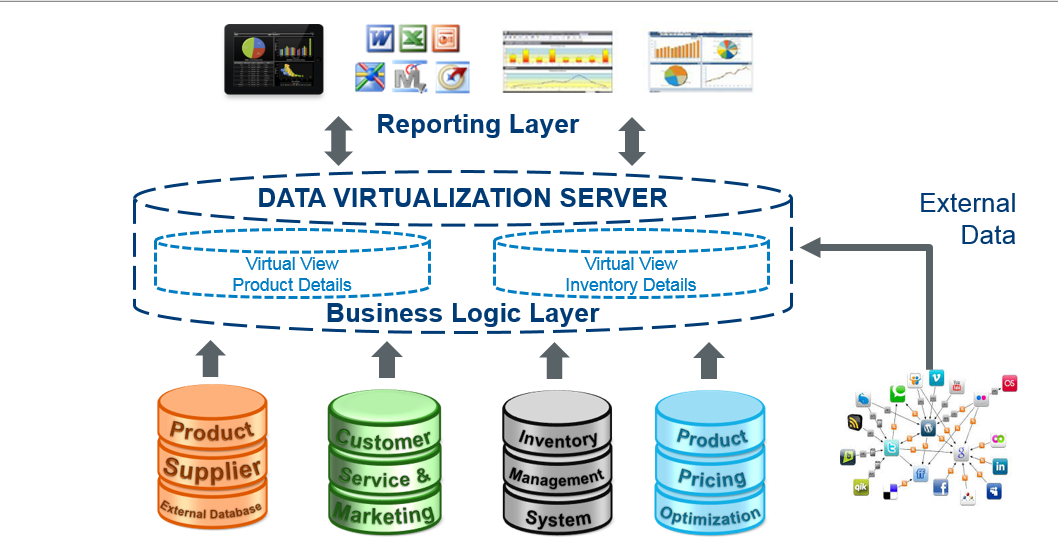- Home
- /
- SAS Communities Library
- /
- How to access and report on disparate data sources with data virtualiz...
- RSS Feed
- Mark as New
- Mark as Read
- Bookmark
- Subscribe
- Printer Friendly Page
- Report Inappropriate Content
How to access and report on disparate data sources with data virtualization
- Article History
- RSS Feed
- Mark as New
- Mark as Read
- Bookmark
- Subscribe
- Printer Friendly Page
- Report Inappropriate Content
In the first article of a five-part series on data virtualization, we observed a dialog between Dan the data analyst and Isaac the IT manager that unfortunately occurs every day in many organizations.
Data analysts struggle with the need to move beyond traditional data integration to quick, cost-effective reporting approaches that pull in all available data for business decision making.
As a result of these business requirements, IT departments with limited resources are inundated with requests. For example, business users want quicker, easier access to traditional data sources like relational databases and spreadsheets, combined with non-traditional data sources like social media feeds. The traditional way to support rapid reporting is to download the data to an excel spread sheet or build reports directly from the source systems. The problem with using spreadsheets is that you lose a lot of control and consistency, plus there may be calculation errors. Using the source systems directly can be very complex depending on data accessibility, source system hierarchies, and data types.
So what do you do? Well, a layer of abstraction that combines traditional and non-traditional data might help.
Using a data virtualization layer, found in the SAS Federation Server, IT can provide this layer of abstraction to insulate the data consumer from the complications of combining disparate data sources. Then the data can be transformed into business-friendly terms to suit the reporting needs. Here’s a visual to help expla

Using a virtualization layer for rapid report development allows for:
- Less effort and faster access to critical data, as the data is not being copied.
- Quicker prototyping, integration and validation of disparate sources.
- And understandable and consistent virtualized data layer.
- Re-use of logical data types and common queries, requiring less rework.
- Delivery of a single, trusted and secure data source for consistent reporting.
- Faster alignment with business goals and changes in market direction.
Follow the community for more details on the SAS Federation Server. The next article in the series will focus on using data virtualization to augment and modernize existing data warehouses that organizations have invested heavily in over the past several decades.
Until then, share your experience with needing or granting access to traditional and non-traditional data sources. What’s been your approach?
- Mark as Read
- Mark as New
- Bookmark
- Permalink
- Report Inappropriate Content
Great intro, I'm longing for the next article!

The 2025 SAS Hackathon has begun!
It's finally time to hack! Remember to visit the SAS Hacker's Hub regularly for news and updates.
SAS AI and Machine Learning Courses
The rapid growth of AI technologies is driving an AI skills gap and demand for AI talent. Ready to grow your AI literacy? SAS offers free ways to get started for beginners, business leaders, and analytics professionals of all skill levels. Your future self will thank you.
- Find more articles tagged with:
- data_federation
- data_integration
- data_virtualization
- virtualization
